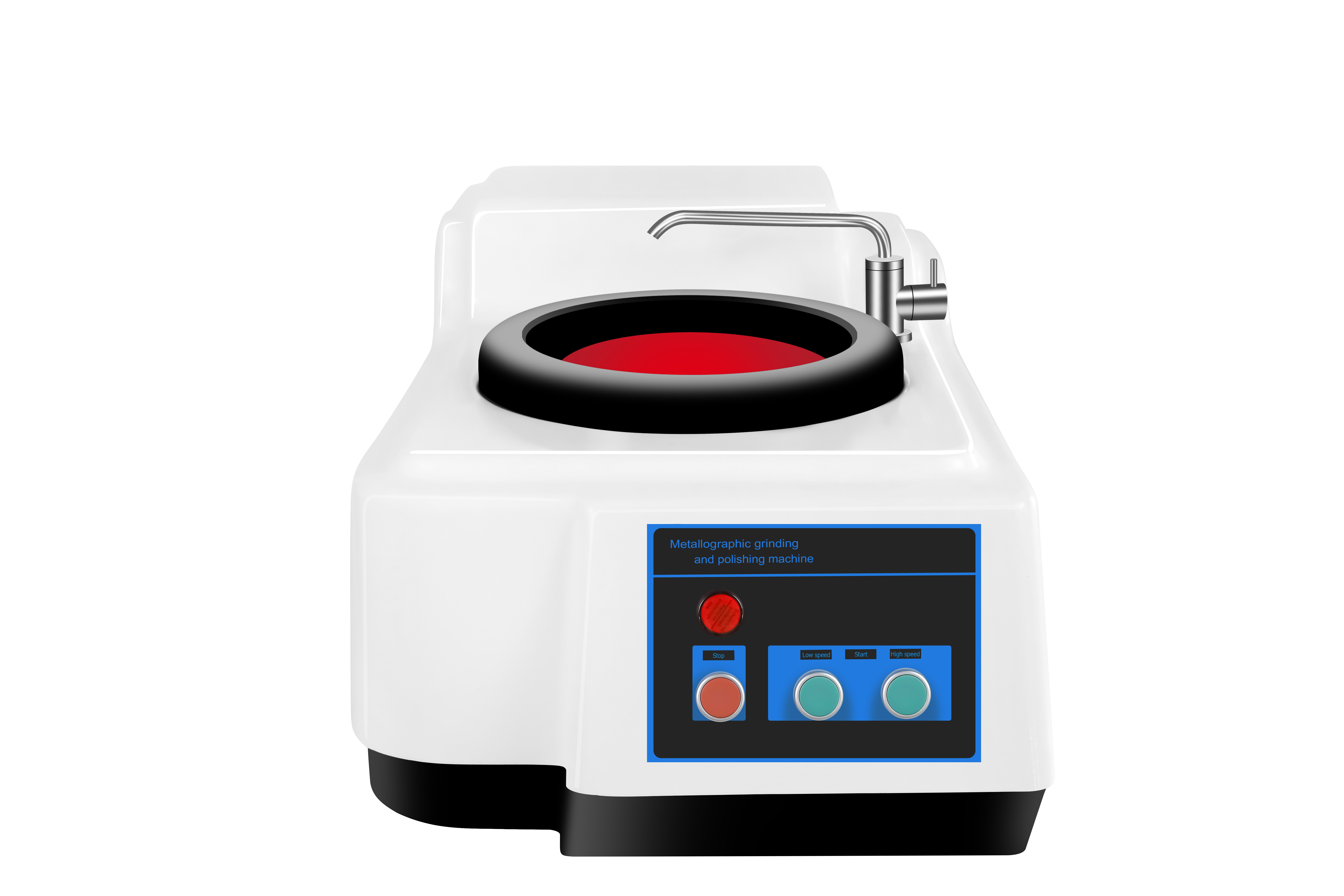
The aerospace industry is renowned for its extremely high - end and demanding applications, which impose stringent requirements on material performance. Aircraft components, such as engine parts, wing structures, and landing gear, need to withstand high temperatures, extreme pressures, and corrosive environments. For instance, turbine blades in jet engines can operate at temperatures exceeding 1,500 degrees Celsius. The materials used must have excellent heat - resistance, high strength - to - weight ratios, and good fatigue resistance. Any material failure can lead to catastrophic consequences, including flight accidents. Therefore, ensuring the quality and performance of materials is of utmost importance in this industry.
Metallographic analysis equipment plays a crucial role in understanding the internal structure of materials. It mainly consists of a microscope and related sample - preparation devices. The principle behind it is to reveal the microstructure of metals and alloys. By preparing a polished and etched sample, the equipment can display the grain size, phase composition, and distribution of inclusions. For example, a high - power microscope can magnify the sample up to 1000 times, allowing technicians to observe the fine details of the material's internal structure. This information is vital for understanding the material's mechanical properties, such as hardness, ductility, and toughness.
In the development of new aerospace materials, metallographic analysis equipment is indispensable. For example, when researchers are trying to develop a new type of lightweight and high - strength alloy for aircraft wings, they use this equipment to analyze the microstructure of different alloy compositions. By observing how the grain size and phase distribution change with different heat - treatment processes, they can optimize the alloy formulation. A well - known aerospace company was able to reduce the weight of its aircraft wings by 15% through the development of a new alloy, which was made possible by in - depth metallographic analysis.

Metallographic analysis equipment is also widely used for component quality inspection. Before a newly manufactured aircraft engine part is installed, it undergoes a strict metallographic examination. The equipment can detect potential defects, such as cracks, porosity, and abnormal grain growth. A study showed that by using metallographic analysis for component inspection, the defect rate of aerospace parts was reduced from 5% to 1%. This not only improves the safety of aircraft but also reduces the cost of re - work and replacement.
The metallographic analysis equipment helps aerospace companies reduce R & D costs in several ways. Firstly, in the material R & D process, it enables companies to quickly identify the most suitable material compositions and processing techniques. Instead of relying on time - consuming and expensive trial - and - error methods, companies can use the equipment to analyze the microstructure and predict the material's performance. This shortens the R & D cycle, which in turn reduces labor costs and experimental expenses. Secondly, in quality control, early detection of defects can prevent large - scale production of defective parts, saving the cost of re - work and waste. According to industry statistics, companies that use metallographic analysis equipment effectively can reduce their R & D costs by up to 50%.
In conclusion, metallographic analysis equipment is of great value to the aerospace industry. It is not only a powerful tool for new material development and component quality control but also a key factor in reducing R & D costs. By providing accurate and detailed information about material microstructure, it helps aerospace companies make informed decisions, improve product quality, and gain a competitive edge in the global market. If your aerospace company is looking for ways to enhance R & D efficiency and reduce costs, consider investing in high - quality metallographic analysis equipment. Contact us today to learn more about our advanced solutions and how they can benefit your business.